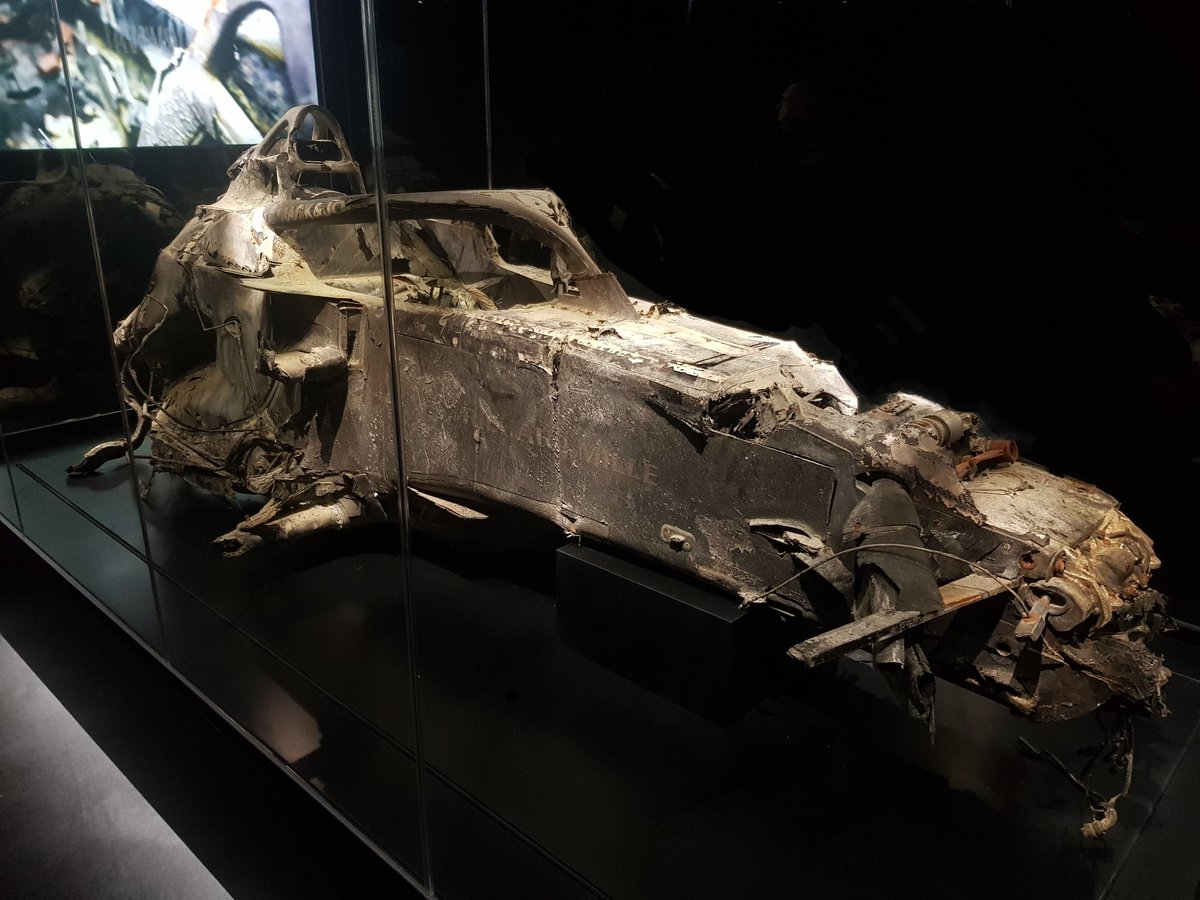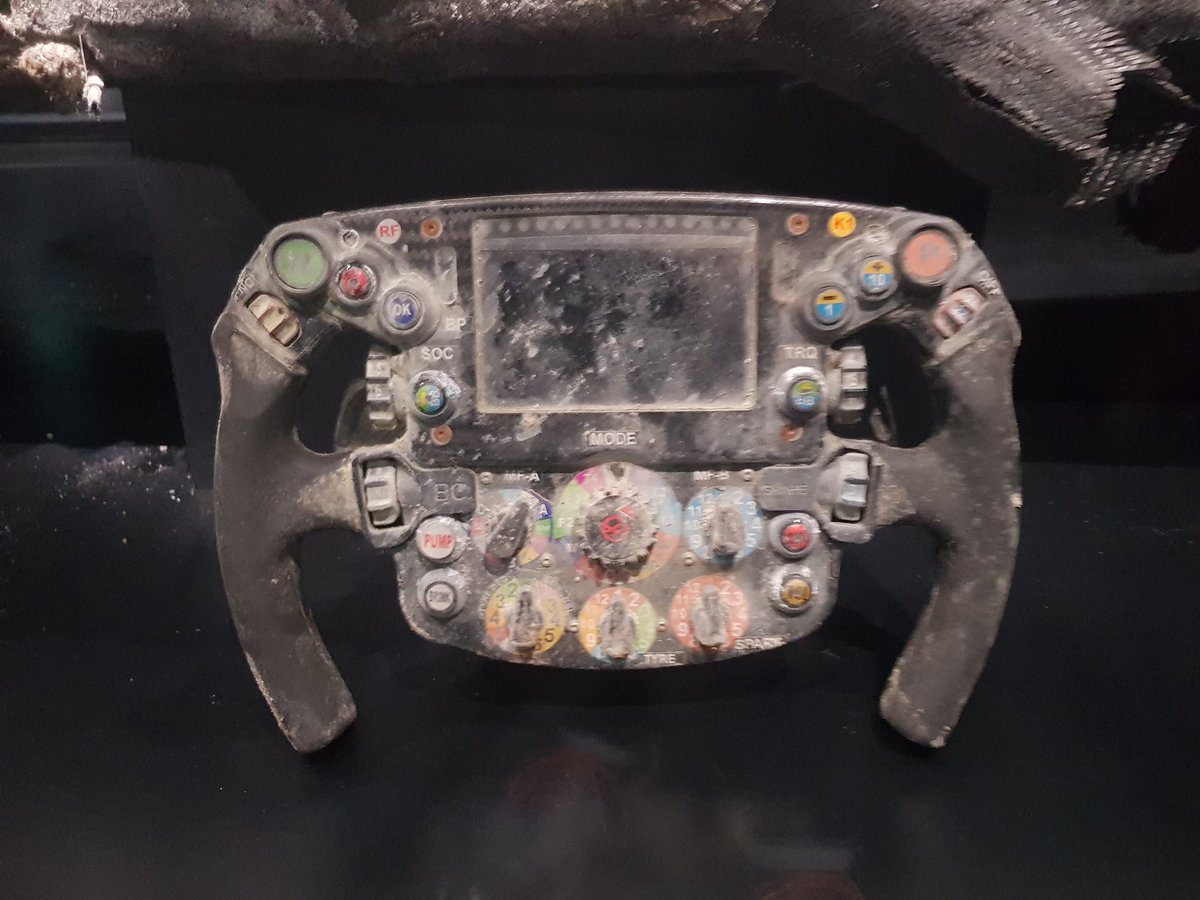Here's my closer look at the @redbullracing #RB19
Very much a RB18+ with lots of evolution of the 2022 car. No bad thing given its success and the aero testing limits for RBR this year.
#F1 #F1Tech #F12023
Very much a RB18+ with lots of evolution of the 2022 car. No bad thing given its success and the aero testing limits for RBR this year.
#F1 #F1Tech #F12023

Suspension follows last season, which has seen other teams follow its raked wishbone set up and low steering rack/trackrod position.
#F1 #f1tech #F12023
#F1 #f1tech #F12023

The front wing is heavily loaded in the middle, despite being higher off the ground. Plus, a simpler take on the wing/endplate tricks adopted by Merc and others.
#F1 #f1tech #F12023
#F1 #f1tech #F12023

Aero around the floor is aggressive, with a large underfloor inlet, scalloped tunnels and this elegant floor edge flap.
Cleverly twisted in shape to create winglets over the scrolled floor edge. Then running nearly the length of the rest of the floor edge.
#F1 #f1tech #F12023
Cleverly twisted in shape to create winglets over the scrolled floor edge. Then running nearly the length of the rest of the floor edge.
#F1 #f1tech #F12023

The wide sidepod helps push the front tyre wake away from the car. The deep undercut helps feed the rear aero, while still allowing a strong floor edge vortex.
#F1 #f1tech #F12023
#F1 #f1tech #F12023

The vivid livery belies the fact only the top half of the car appears to be painted.
Less paint saves weight.
The car is believed to be at the minimum weight limit this year.
#F1 #f1tech #F12023
Less paint saves weight.
The car is believed to be at the minimum weight limit this year.
#F1 #f1tech #F12023

• • •
Missing some Tweet in this thread? You can try to
force a refresh







































